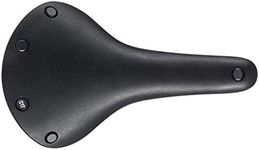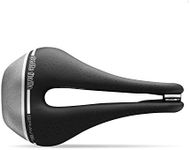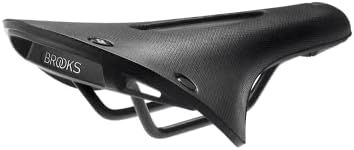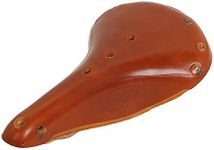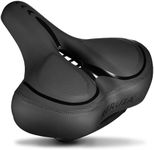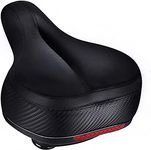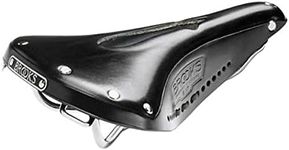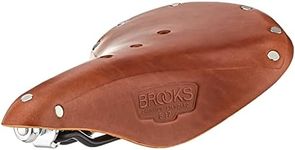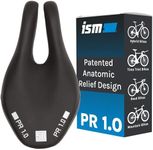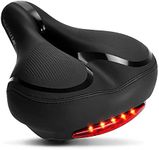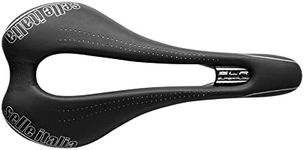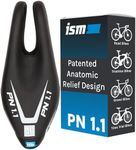Buying Guide for the Best Most Comfortable Bike Seats
Choosing the most comfortable bike seat is all about matching the seat to your body, riding style, and the type of cycling you do. Comfort is highly personal, so what works for one person may not work for another. It's important to consider how long you'll be riding, your typical riding position, and any specific comfort needs you have. Testing different seats, if possible, is always a good idea, but understanding the key features will help you narrow down your options and make a more informed choice.Seat WidthSeat width refers to how wide the bike seat is at its widest point. This is important because it needs to support your sit bones comfortably. A seat that's too narrow can cause discomfort and pressure, while one that's too wide can lead to chafing. Generally, wider seats are better for upright, casual riding, while narrower seats suit more aggressive, forward-leaning positions. To pick the right width, consider your riding posture and measure the distance between your sit bones if possible. Choose a width that supports your bones without being so wide that it rubs your thighs.
PaddingPadding is the soft material inside the seat that provides cushioning. More padding can feel comfortable at first, especially for short rides, but too much can actually cause discomfort on longer rides by creating pressure points. Less padding is often preferred by experienced riders who spend more time in the saddle. If you ride casually or for short distances, a seat with moderate to generous padding may be best. For longer rides or more performance-oriented cycling, look for a seat with firmer, thinner padding.
Seat ShapeThe shape of the seat affects how it supports your body and how you move while riding. Some seats are flat, while others are curved or have a dip in the middle. A flatter seat allows for more movement and is often preferred by riders who shift positions frequently. A more contoured seat can help keep you in place and provide targeted support. Think about your riding style: if you move around a lot, a flatter seat may be better; if you stay in one position, a contoured seat might offer more comfort.
Cutouts and Relief ChannelsMany comfortable bike seats have a cutout or groove down the center to relieve pressure on sensitive areas. This feature is especially important for people who experience numbness or discomfort in the pelvic area during rides. If you have had issues with pressure or numbness, look for a seat with a central cutout or relief channel. If you haven't had these issues, a solid seat may still be comfortable for you.
Cover MaterialThe cover material is what you feel against your body. Common materials include synthetic leather, real leather, and various fabrics. Synthetic covers are durable and weather-resistant, while real leather can mold to your shape over time but may require more care. Fabric covers can offer extra grip but might not be as durable. Choose a cover that matches your climate, maintenance preferences, and comfort needs.
Suspension and RailsSome bike seats have built-in suspension or flexible rails to absorb shocks from bumps and rough roads. This can make a big difference in comfort, especially if you ride on uneven surfaces. If you often ride on rough roads or trails, look for a seat with some suspension or flexible rails. For smoother surfaces, this feature may be less important.
